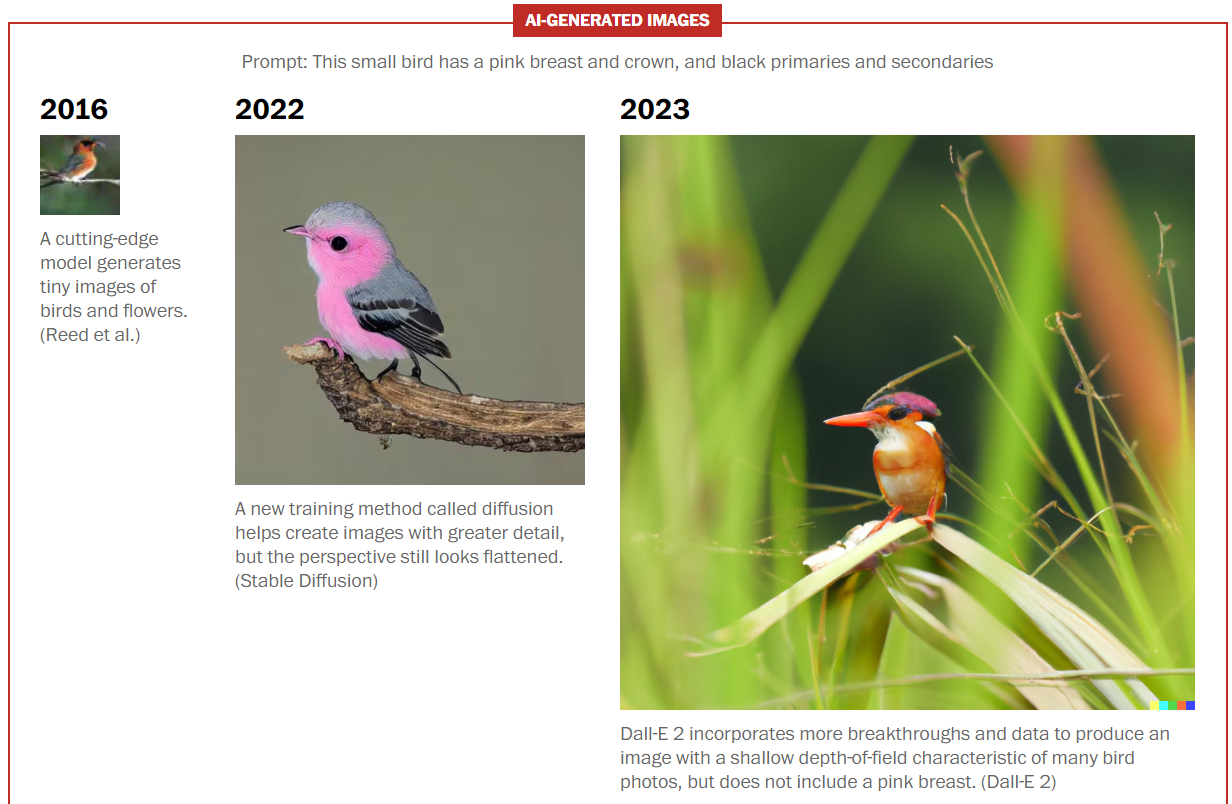From the Brass Knuckles Capitalism Files: Jalopnik writes about Tesla's bad attitude toward customers and complaints about safety:
Whistleblower Drops 100 Gigabytes Of Tesla Secrets To German News Site
The files contain over 1,000 accident reports involving phantom braking or unintended acceleration--mostly in the U.S. and Germany
A German news outlet sifted through over 23,000 of Tesla’s internal files and found a disturbing trend of brushing off customers complaining about dangerous Autopilot glitches while covering the company’s ass.
How did the company deal with complaints? The Tesla files also provide information about this. The files show that employees have precise guidelines for communicating with customers. The top priority is obviously: offer as little attack surface as possible.
For each incident there are bullet points for the “technical review”. The employees who enter this review into the system regularly make it clear that the report is “for internal use only”. Each entry also contains a note in bold type that information, if at all, may only be passed on “VERBALLY to the customer”.
“Do not copy and paste the report below into an email, text message, or leave it in a voicemail to the customer,” it said. Vehicle data should also not be released without permission. If, despite the advice, “an involvement of a lawyer cannot be prevented”, this must be recorded.
"My autopilot almost killed me": Tesla files cast doubt on Elon Musk's promises
Insiders have passed 100 gigabytes of data to the Handelsblatt, which is said to come from Tesla's IT system. They suggest that the automaker has bigger technical problems than previously thought. Tesla speaks of data theft.For Tesla, building self-driving vehicles is a question of existence. Developing a working autopilot, said CEO Elon Musk in June 2022, “decides whether Tesla is worth a lot of money or practically zero”.
This resonates with me. On two occasions while on the freeway driving with cruise control (not autopilot) with no car in my lane ahead of me, my Tesla Model 3 slammed on the brakes while sounding a loud urgent collision warning. It came out of nowhere. That scared the crap out of me. The car's speed dropped by ~35 mph real quick. I had no time to control what happened. Fortunately no one was behind me, so no collision happened.
Elon urgently needs to pull his head out of his ass, get his stupid mind off his Twitter hellscape, and instead focus on Tesla car safety. But given his gigantic ego and shameless arrogance, I suspect his head will stay firmly embedded right where it is now. Elon is not endangering just Tesla owners and people in his cars. He is endangering the public at large.
__________________________________________________________________
__________________________________________________________________
About the debt ceiling: The NYT writes:
Yellen’s Debt Limit Warnings Went Unheeded,Leaving Her to Face Fallout
In the days after November’s midterm elections, Treasury Secretary Janet L. Yellen was feeling upbeat about the fact that Democrats had performed better than expected and maintained control of the Senate.
“I always worry about the debt ceiling,” Ms. Yellen told The New York Times in an interview on her flight from New Delhi to Bali, Indonesia, in which she urged Democrats to use their remaining time in control of Washington to lift the debt limit beyond the 2024 elections. “Any way that Congress can find to get it done, I’m all for.”
Democrats did not heed Ms. Yellen’s advice. Instead, the United States has spent most of this year inching toward the brink of default as Republicans refused to raise or suspend the nation’s $31.4 trillion borrowing limit without capping spending and rolling back parts of President Biden’s agenda.
Yellen currently projects that the US will start defaulting on debts on June 5.
Q: Why should Yellen face fallout for something that is the fault of congress and beyond her control?
__________________________________________________________________
__________________________________________________________________
From Russia's brutal tyranny: The WaPo writes:
Parishioners have denounced Russian priests who advocated peace instead of victory in the war on Ukraine. Teachers lost their jobs after children tattled that they opposed the war. Neighbors who bore some trivial grudge for years have snitched on longtime foes. Workers rat on one another to their bosses or directly to the police or the Federal Security Service.
This is the hostile, paranoid atmosphere of Russians at war with Ukraine and with one another. As Russian President Vladimir Putin’s regime cracks down on critics of the war and other political dissenters, citizens are policing one another in an echo of the darkest years of Joseph Stalin’s repression, triggering investigations, criminal charges, prosecutions and dismissals from work.
The effect is chilling, with denunciations strongly encouraged by the state and news of arrests and prosecutions amplified by propagandist commentators on federal television stations and Telegram channels. In March last year, Putin called on the nation to purge itself by spitting out traitors “like gnats.” He has since issued repeated dark warnings about internal enemies, claiming that Russia is fighting for its survival.
This could happen in the US. It probably will happen if voters keep putting Republicans in power in Washington. The Christian nationalist and the brass knuckles capitalism wings of the radical right Republican Party are both inherently authoritarian. The former dreams of a corrupt Christian Taliban, while the latter lusts after a corrupt autocratic plutocracy.
__________________________________________________________________
__________________________________________________________________
Air-Gen tech: An Update: Air-gen is the use of materials with tiny nanopores in it to generate electricity using water vapor in the air to naturally create an electrical battery. At this point, the batteries actually work. Now, the unknown question is whether it is possible to make the nanopored materials on a gigantic scale. Also to be done is to see if there are some materials that are more efficient than the current early-generation devices. If this can be made to work on a gigantic scale, it will probably take ~4-6 years to begin to come online. The WaPo writes:
Nearly any material can be used to turn the energy in air humidity into electricity, scientists found in a discovery that could lead to continuously producing clean energy with little pollution.
The research, published in a paper in Advanced Materials, builds on 2020 work that first showed energy could be pulled from the moisture in the air using material harvested from bacteria. The new study shows nearly any material can be used, like wood or silicon, as long as it can be smashed into small particles and remade with microscopic pores.“What we have invented, you can imagine it’s like a small-scale, man-made cloud,” said Jun Yao, a professor of engineering at the University of Massachusetts at Amherst and the senior author of the study.The air-powered generator, known as an “Air-gen,” would offer continuous clean electricity since it uses the energy from humidity, which is always present, rather than depending on the sun or wind. Unlike solar panels or wind turbines, which need specific environments to thrive, Air-gens could conceivably go anywhere, Yao said.The device, the size of a fingernail and thinner than a single hair, is dotted with tiny holes known as nanopores. The holes have a diameter smaller than 100 nanometers, or less than a thousandth of the width of a strand of human hair.
The tiny holes allow the water in the air to pass through in a way that would create a charge imbalance in the upper and lower parts of the device, effectively creating a battery that runs continuously.Yao estimated that roughly 1 billion Air-gens, stacked to be roughly the size of a refrigerator, could produce a kilowatt and partly power a home in ideal conditions. The team hopes to lower both the number of devices needed and the space they take up by making the tool more efficient.
The original discovery of Air-gen in 2020 was in protein that the bacterium Geobacter sulfurrducens makes naturally. The Engineer commented:
The laboratories of electrical engineer Jun Yao and microbiologist Derek Lovley at the University of Massachusetts Amherst (UMass Amherst) have created Air-gen with electrically conductive protein nanowires produced by the microbe Geobacter. The Air-gen connects electrodes to the protein nanowires in such a way that electrical current is generated from the water vapor naturally present in the atmosphere.
The Air-gen device requires a thin film of protein nanowires less than 10 microns thick [about one-eighth the diameter of a human hair], the researchers said. The bottom of the film rests on an electrode, while a smaller electrode that covers only part of the nanowire film sits on top. The film adsorbs water vapor from the atmosphere. A combination of the electrical conductivity and surface chemistry of the protein nanowires, coupled with the fine pores between the nanowires within the film, establishes the conditions that generate an electrical current between the two electrodes.
The device produces a sustained voltage of around 0.5 volts across a 7-micrometer-thick film, with a current density of around 17 microamperes per square centimeter.
The original discovery came from observations that the flagella or pili of Geobacter bacteria were electrically conducting, basically acting as nanowires in water. Phys Org wrote in 2017:
Microbiologists at the University of Massachusetts Amherst report that they have discovered a new type of natural wire produced by bacteria that could greatly accelerate the researchers' goal of developing sustainable "green" conducting materials for the electronics industry. The study by Derek Lovley and colleagues appears this week in mBio, the American Society of Microbiology's premier journal.
As Lovley explains, "Microbial nanowires are a revolutionary electronic material with substantial advantages over man-made materials. Chemically synthesizing nanowires in the lab requires toxic chemicals, high temperatures and/or expensive metals. The energy requirements are enormous. By contrast, natural microbial nanowires can be mass-produced at room temperature from inexpensive renewable feedstocks in bioreactors with much lower energy inputs. And the final product is free of toxic components."Until now Lovely's lab has been working with the nanowires of just one bacterium, Geobacter sulfurreducens. "Our early studies focused on the one Geobacter because we were just trying to understand why a microbe would make tiny wires," Lovley says. "Now we are most interested in the nanowires as an electronic material and would like to better understand the full scope of what nature may have to offer for these practical applications."
G. sulfurrducens lives in the mud or sediment in water that is depleted of oxygen. The bug chemically converts minerals in the mud as its energy source. It "breathes" minerals outside the bug's body, not oxygen. It has a strange lifestyle:
Geobacter sulfurreducens was the second Geobacter recovered in pure culture, yet the first to have a genetic system and a sequenced genome. It quickly became the model representative of a group known for coupling organic matter degradation to metal reduction and mineralization. Conductivity of type IV pili at unprecedented rates and distances was demonstrated in G. sulfurreducens. The pilus nanowires extend the cell’s respiratory chain beyond its envelope to reduce iron oxides to magnetite, which electronically couples Geobacter to syntrophic partners. The pili also trap uranium extracellularly to prevent its permeation in the cell envelope and dynamically disassemble and reassemble to detach the mineral and continue breathing. Cells use the nanowires to grow as electroactive biofilms on electrodes, allowing current harvesting in bioelectrochemical devices. G. sulfurreducens electrified microbiology and set the foundation for the electromicrobiology subfield.



















